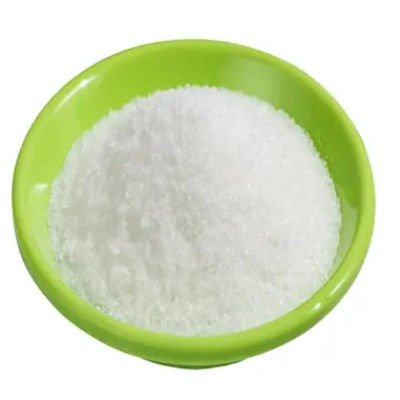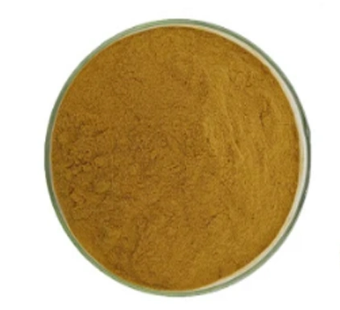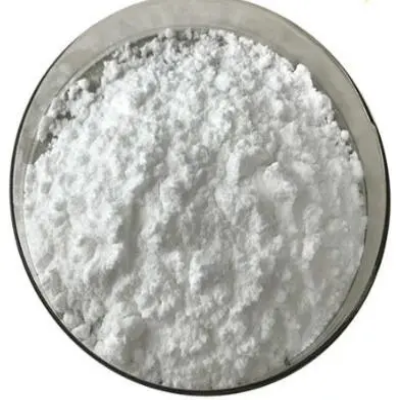2,2′-Anhydro-5-methyluridine CAS:22423-26-3
2,2'-Anhydro-5-methyluridine has various applications in research, particularly in the study of RNA structure and function. As a nucleoside analog, it can be incorporated into RNA strands, allowing researchers to investigate the effects of structural modifications on RNA stability, folding, and interactions with proteins or other nucleic acids. By analyzing how this compound influences RNA behavior, scientists can gain insights into fundamental processes such as translation, splicing, and post-transcriptional regulation. One significant application of 2,2'-anhydro-5-methyluridine is in the development of antiviral therapies. Modified nucleosides often exhibit antiviral properties by mimicking natural nucleotides, thus interfering with viral replication. Studies have shown that nucleoside analogs can effectively inhibit the growth of various RNA viruses, including those responsible for diseases like hepatitis C and influenza. Researchers are exploring the potential of 2,2'-anhydro-5-methyluridine as a lead compound for developing new antiviral agents, leveraging its unique structural characteristics to target viral polymerases or other essential enzymes involved in the replication cycle. Furthermore, this compound may also play a role in cancer research. Nucleoside analogs have been extensively studied for their ability to induce cytotoxicity in rapidly dividing cancer cells. By integrating 2,2'-anhydro-5-methyluridine into chemotherapeutic strategies, researchers aim to exploit its potential to disrupt the proliferation of cancer cells, thereby enhancing treatment efficacy while minimizing adverse effects associated with traditional chemotherapy. Additionally, 2,2'-anhydro-5-methyluridine can serve as a precursor for synthesizing other modified nucleosides, expanding the toolkit available to chemists working in nucleic acid chemistry. These derivatives can be used in various applications, from the creation of oligonucleotide probes for diagnostics to the design of novel therapeutic agents targeting genetic diseases. Overall, 2,2'-anhydro-5-methyluridine represents a significant compound in molecular biology and drug development, offering valuable insights into RNA function and the potential for innovative treatments in virology and oncology.



| Composition | C10H12N2O5 |
| Assay | 99% |
| Appearance | white powder |
| CAS No. | 22423-26-3 |
| Packing | Small and bulk |
| Shelf Life | 2 years |
| Storage | Store in cool and dry area |
| Certification | ISO. |









